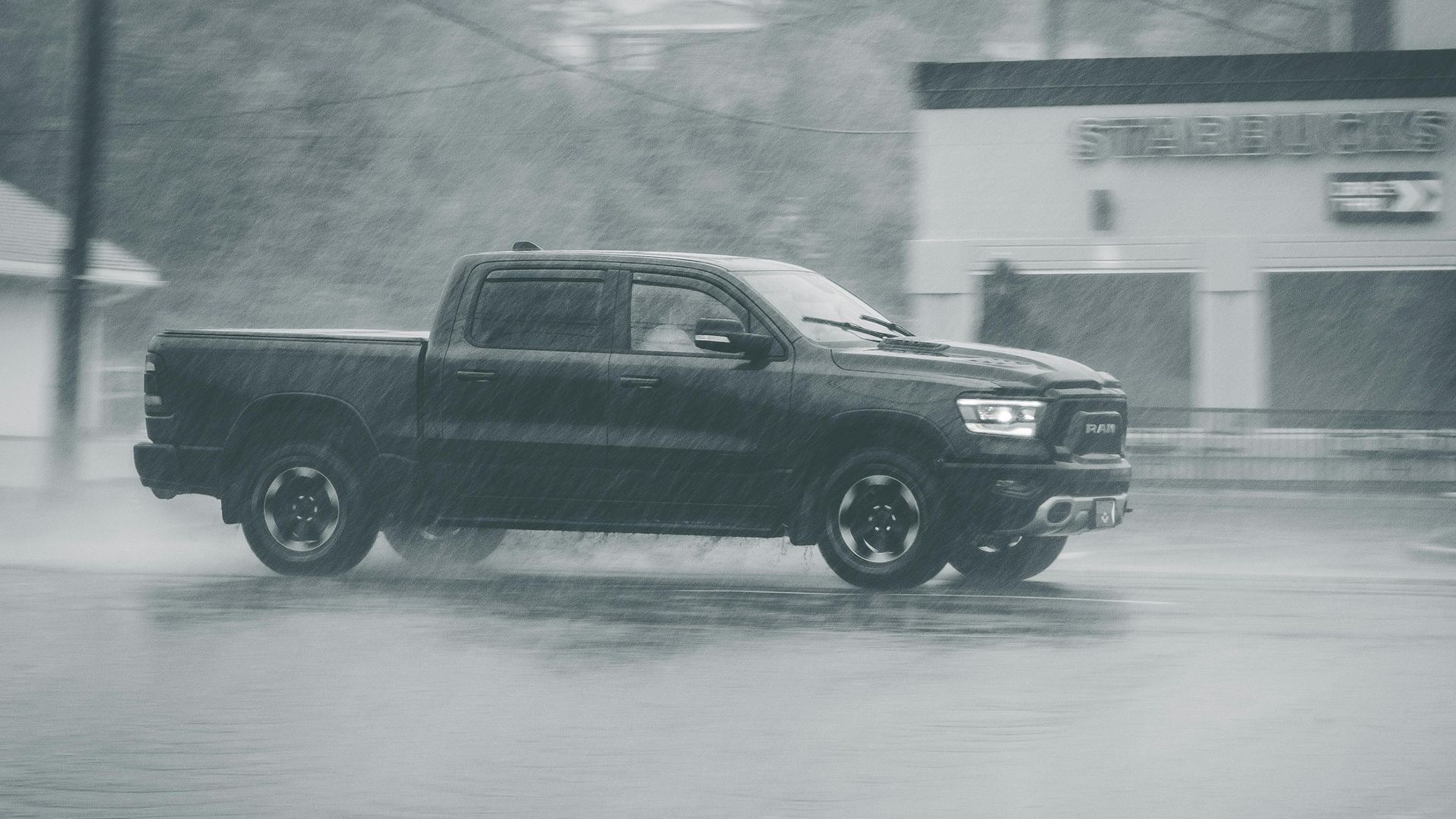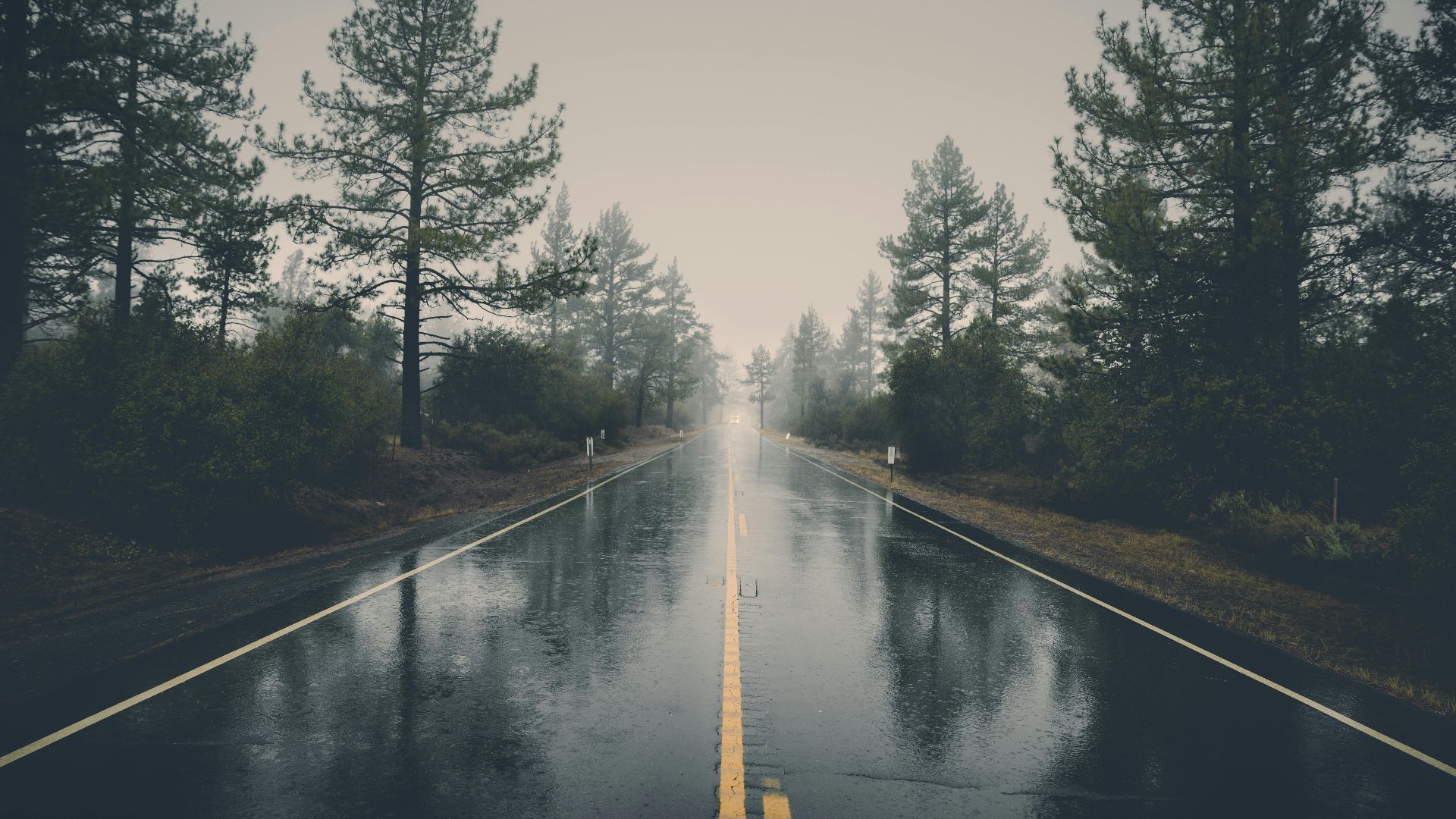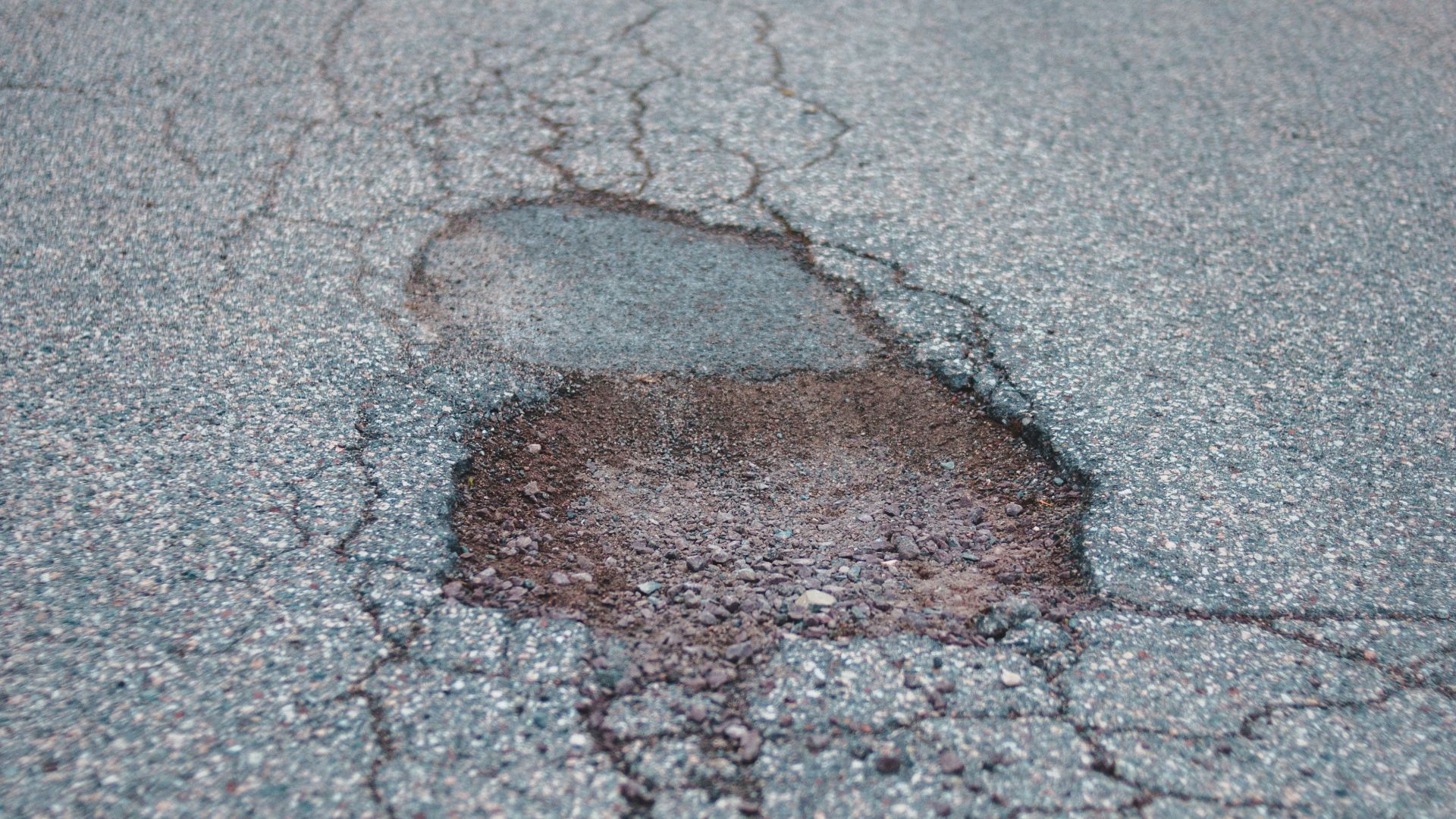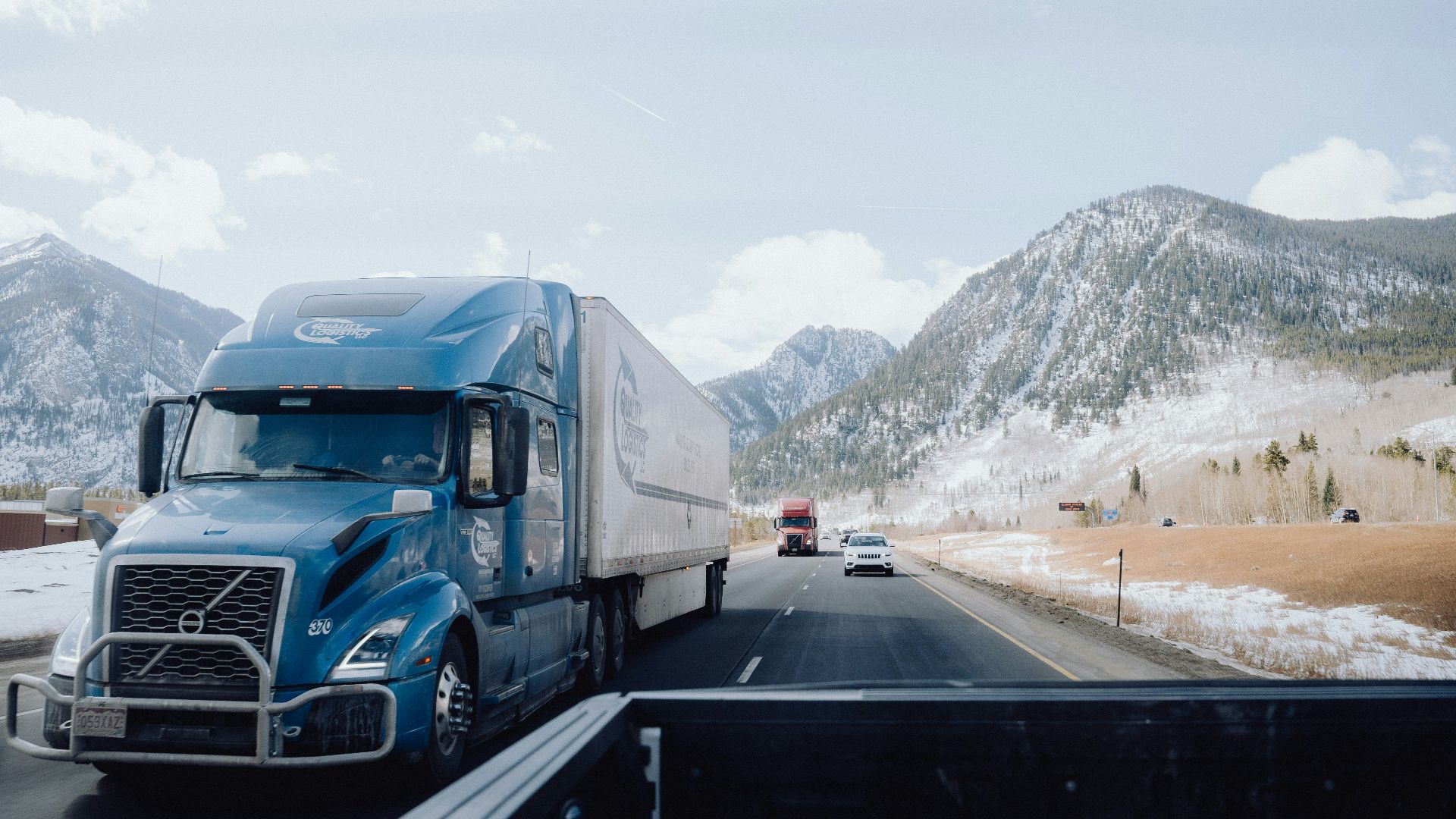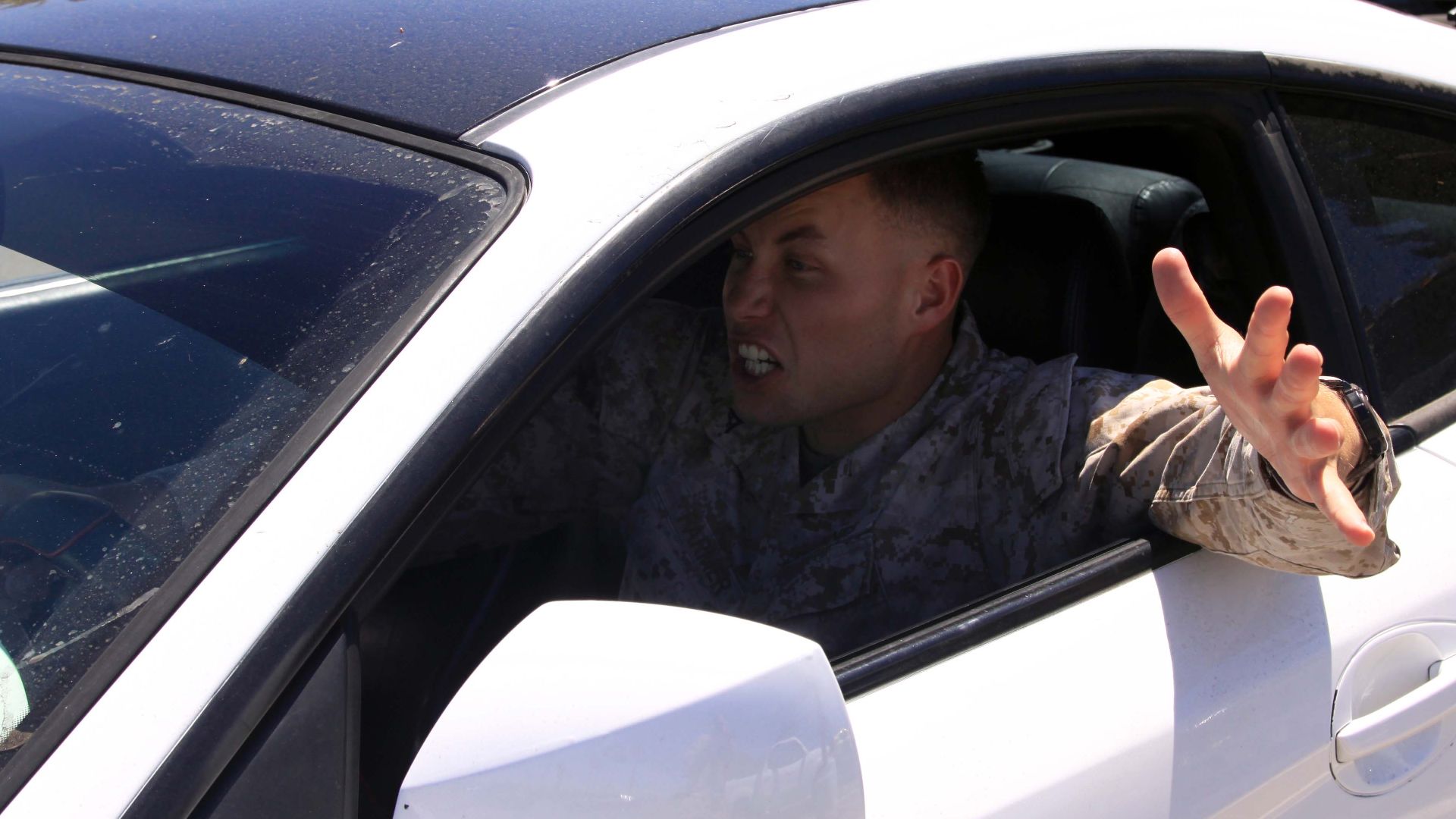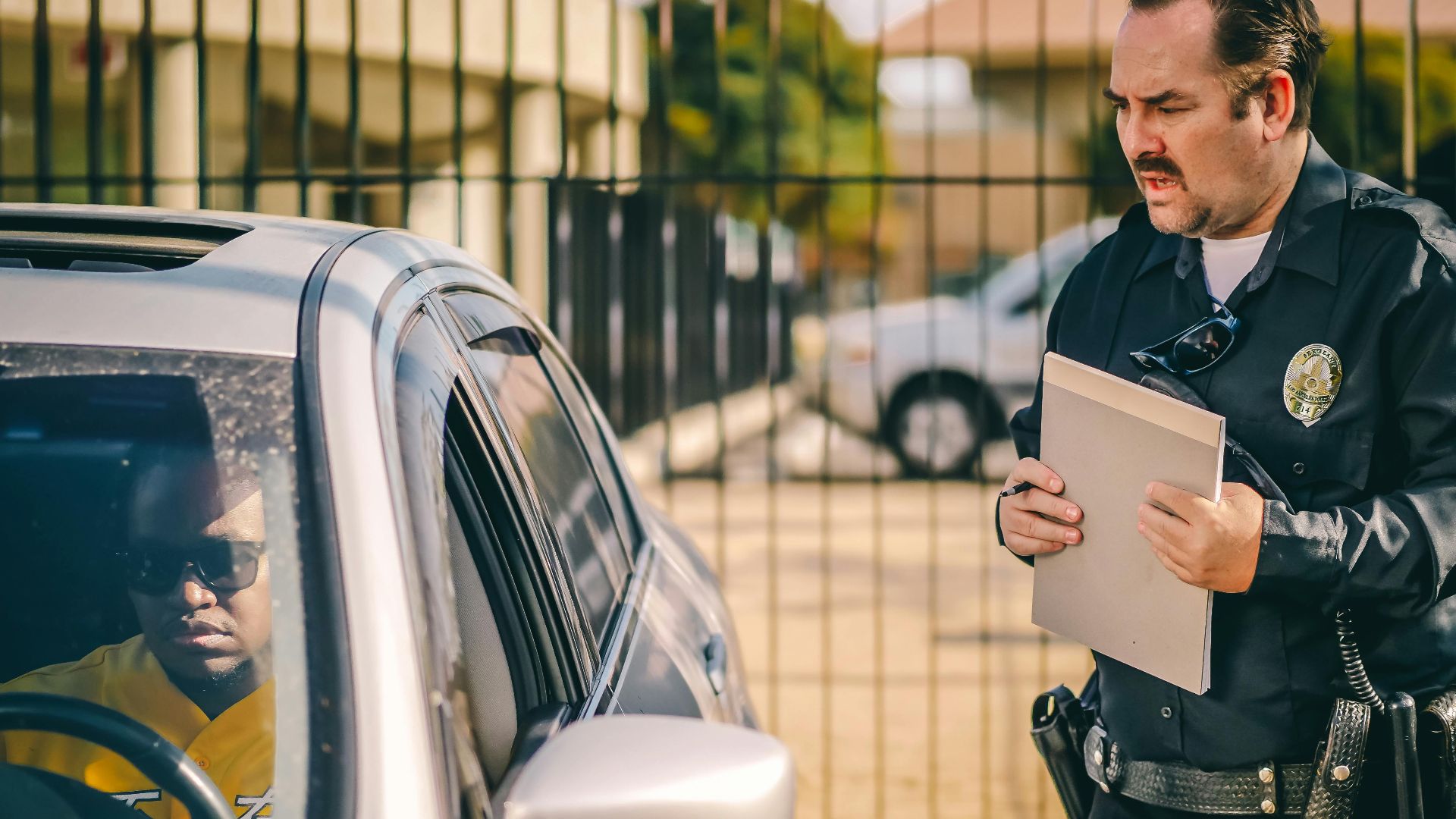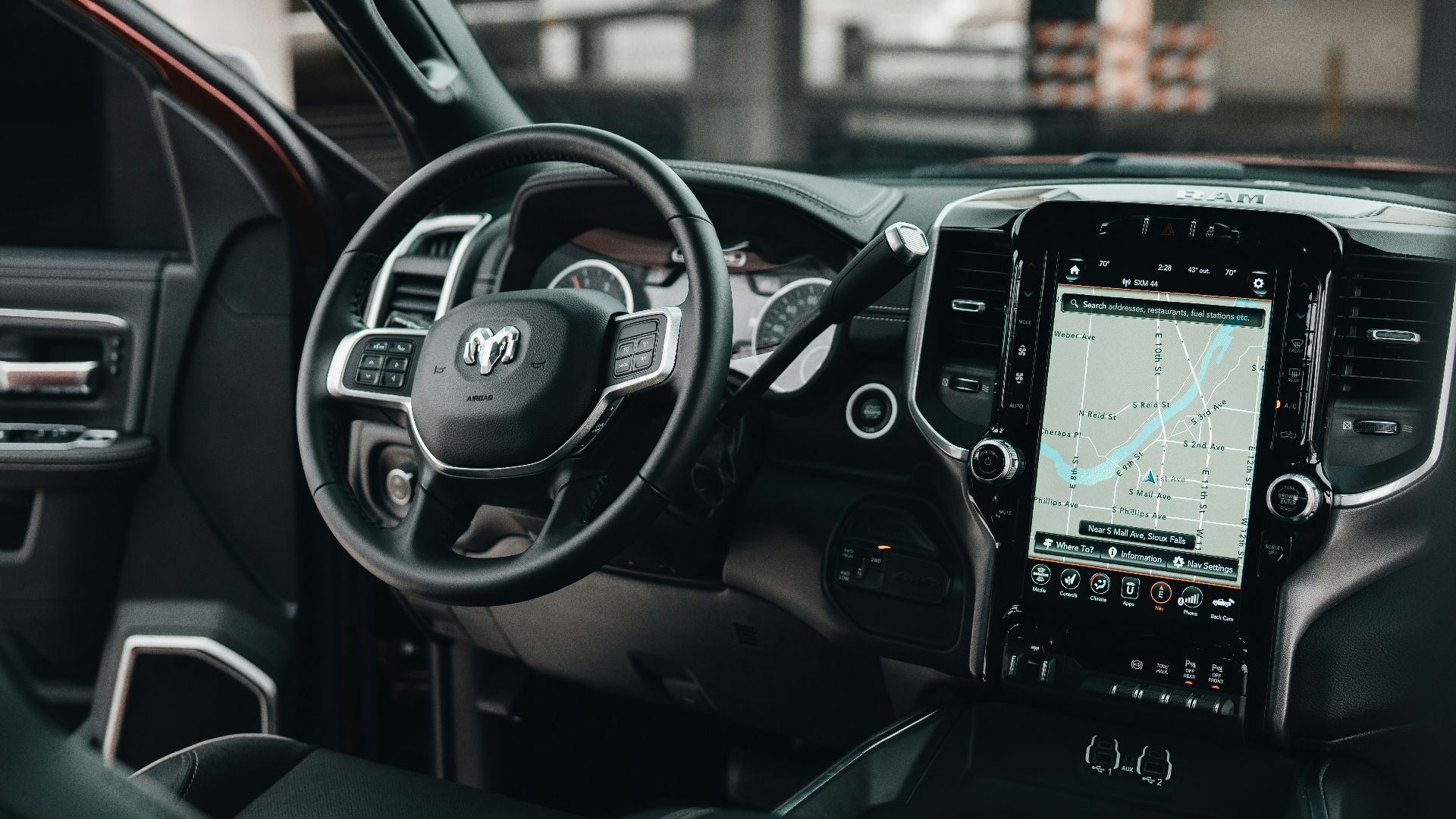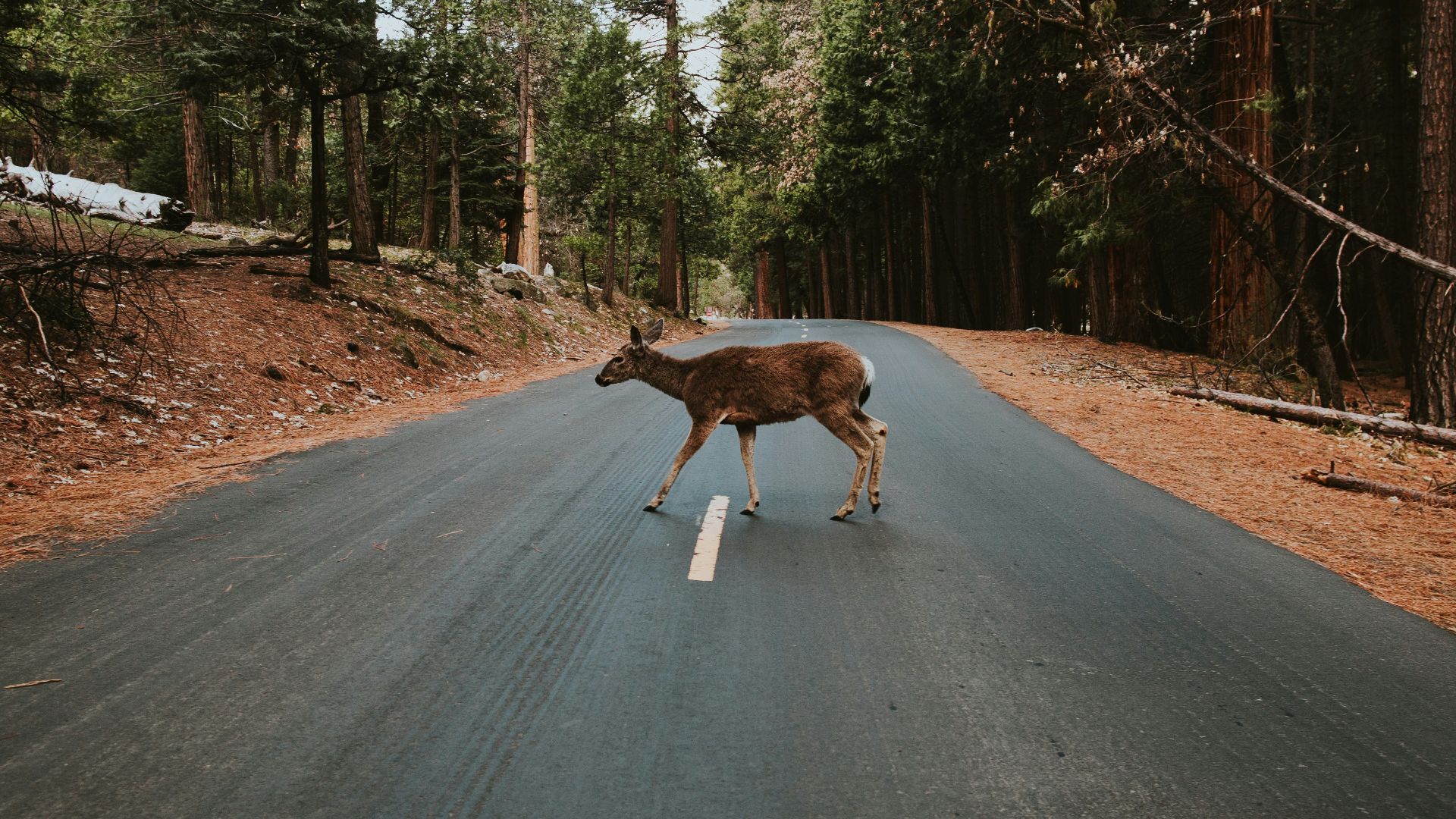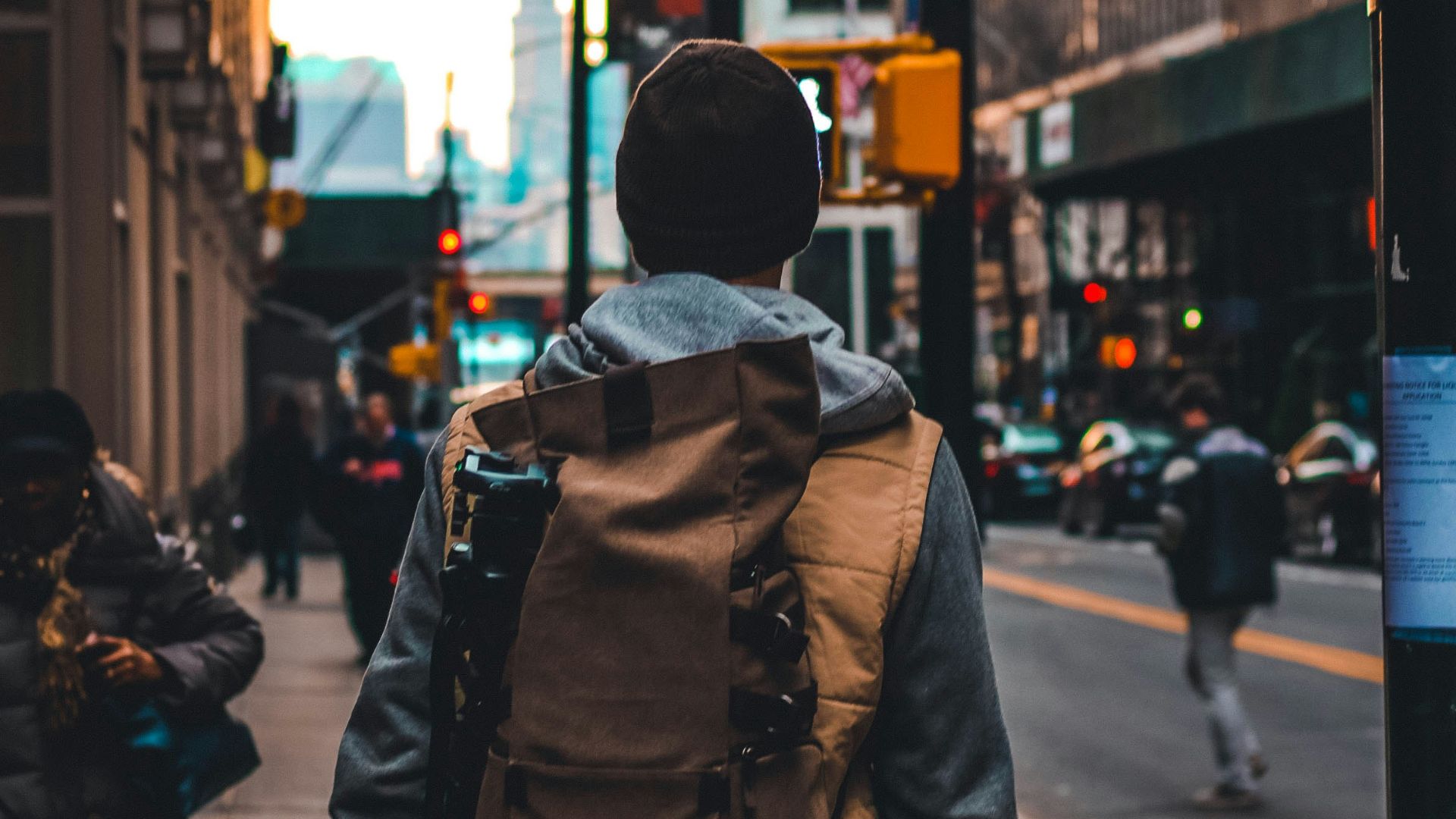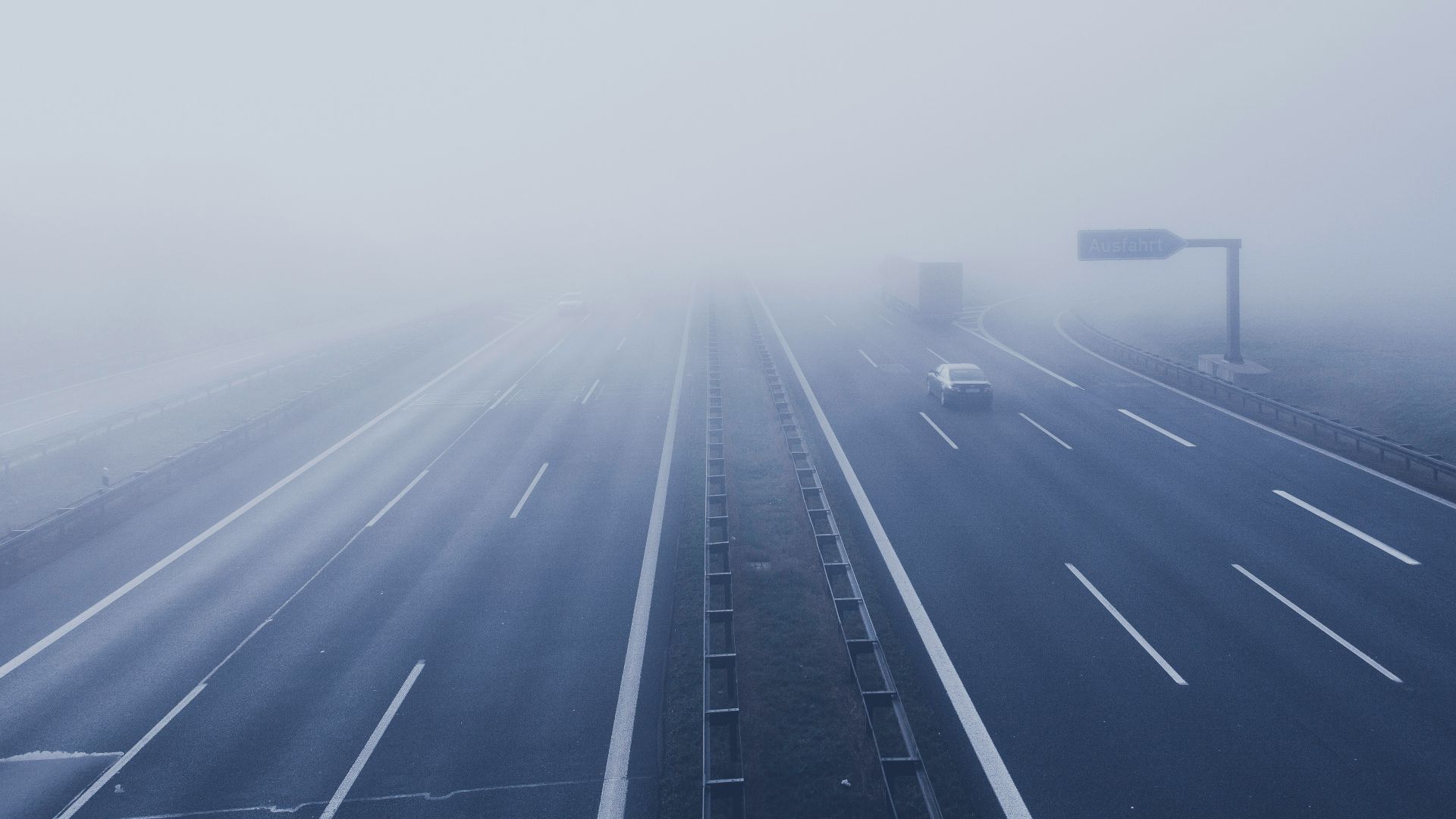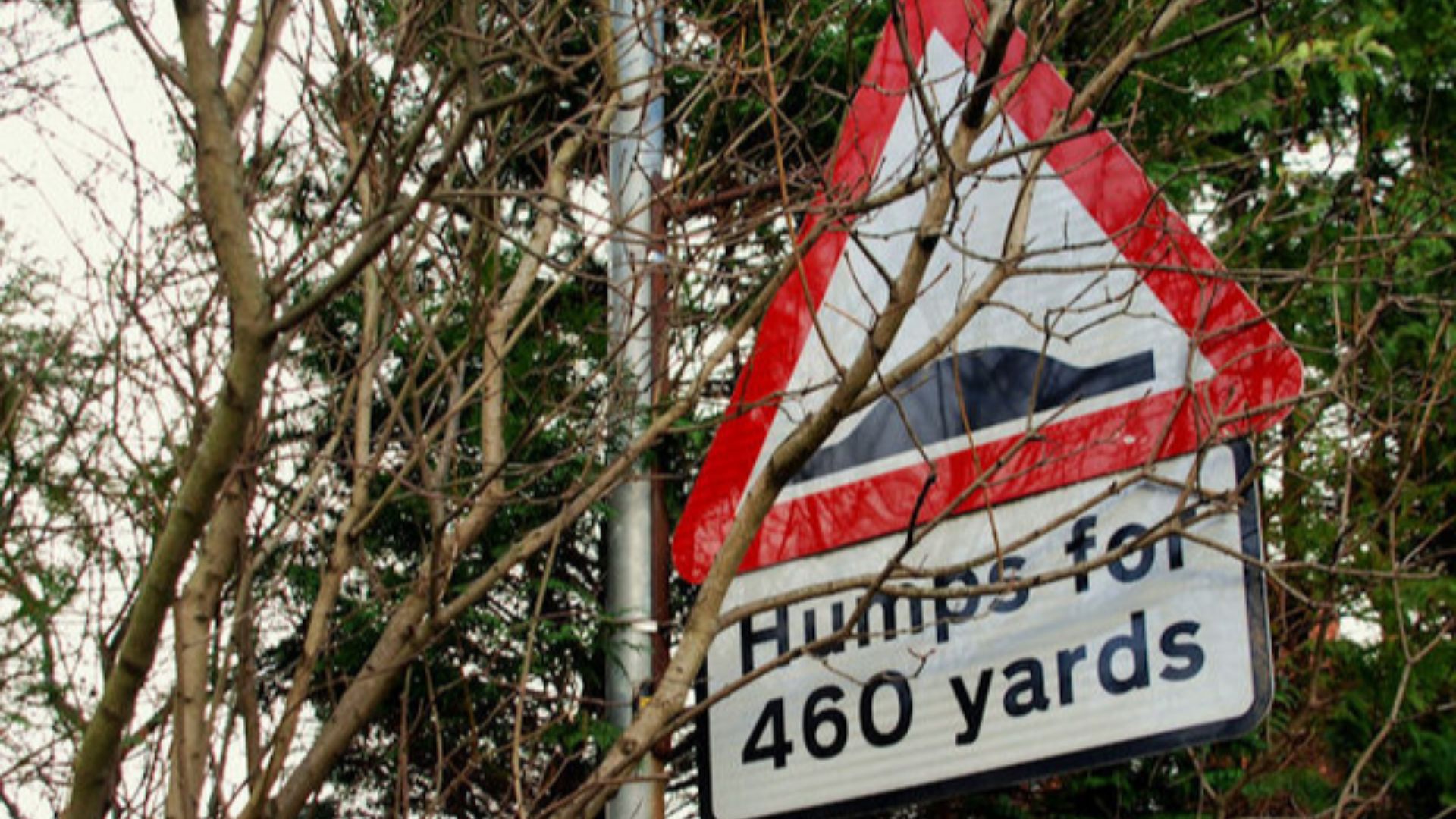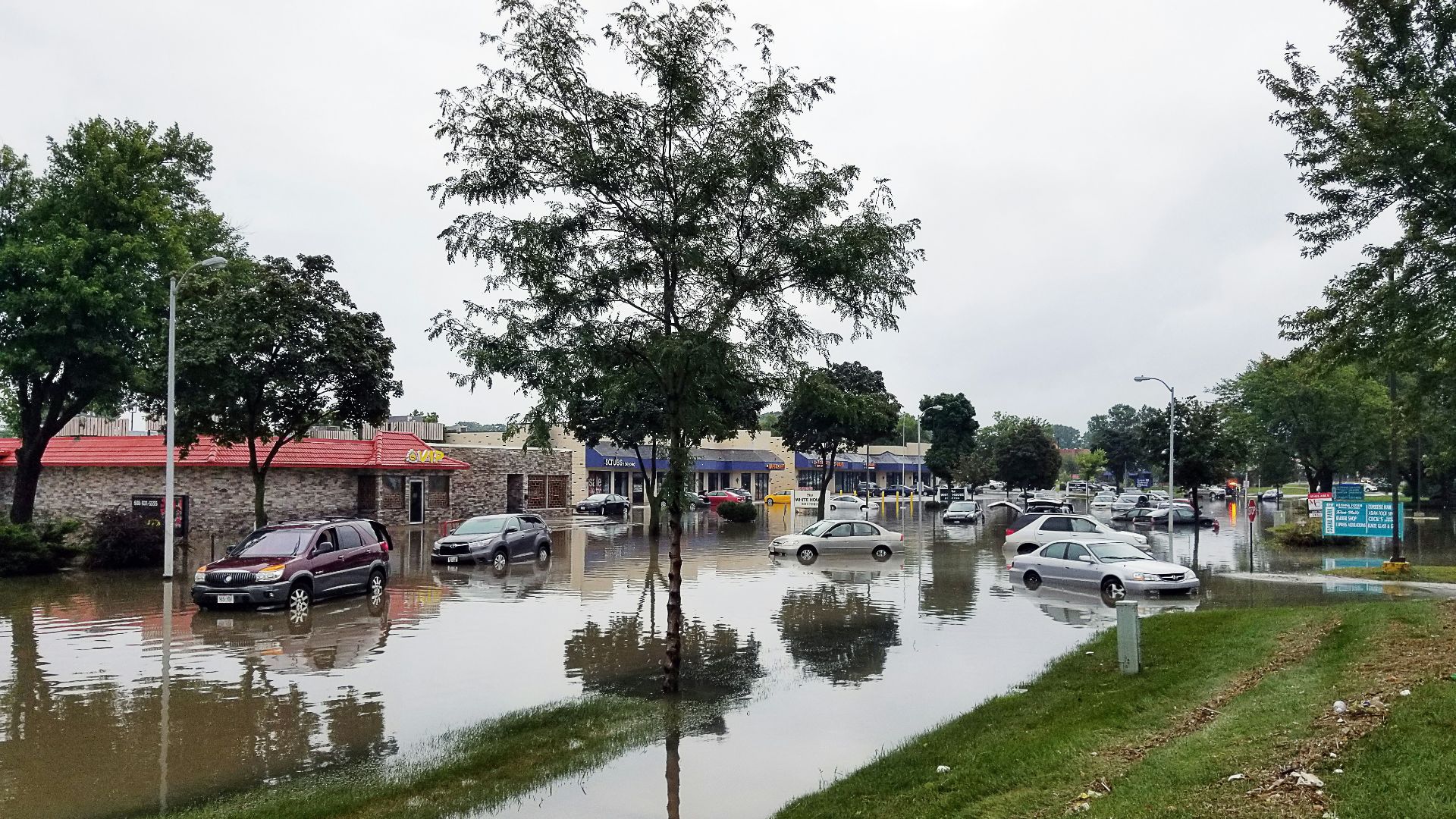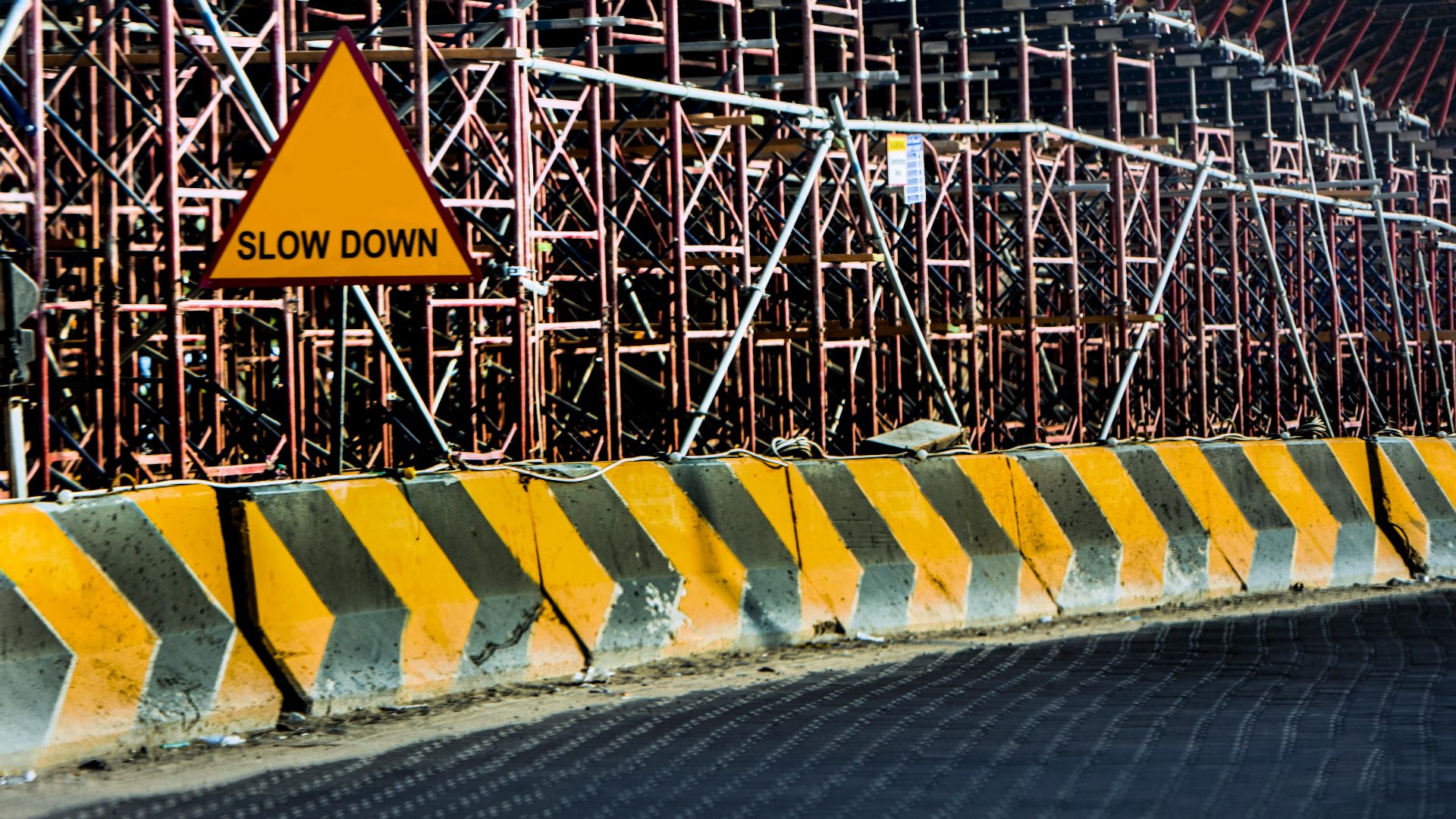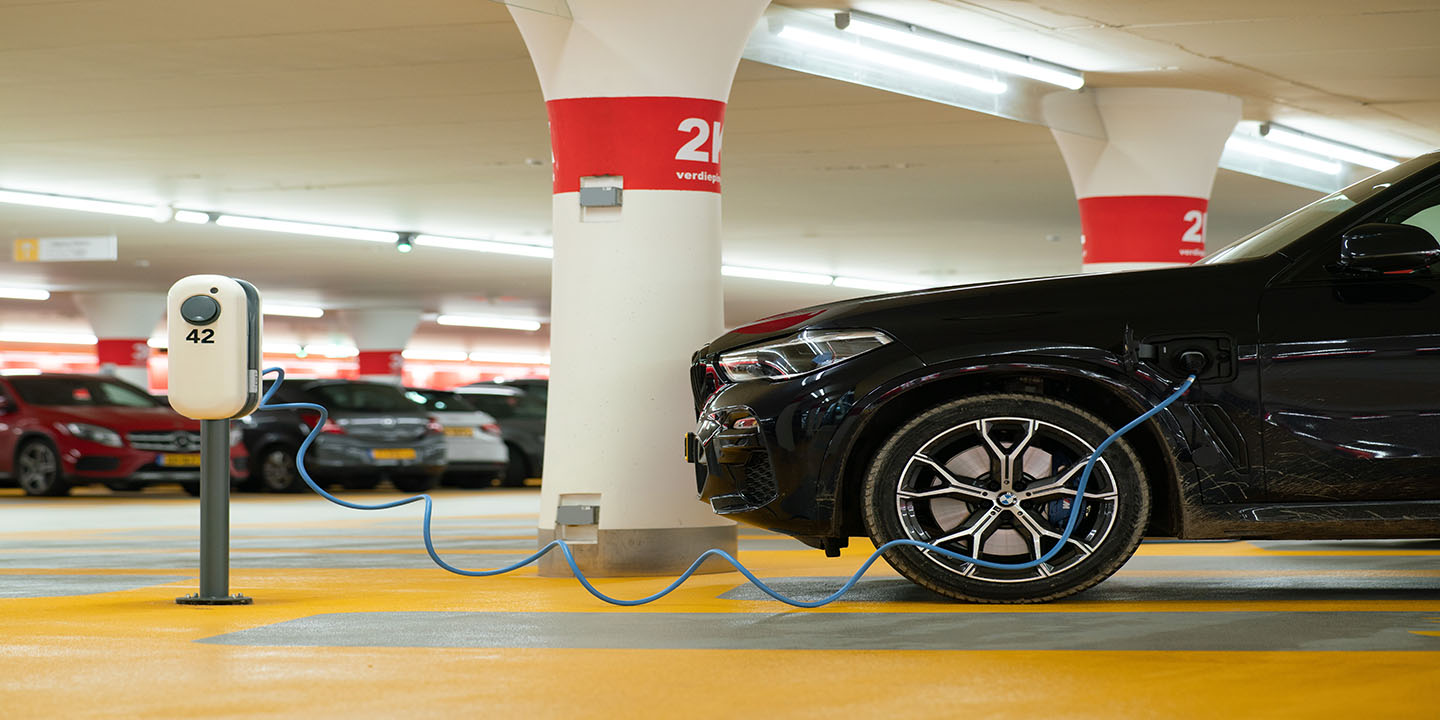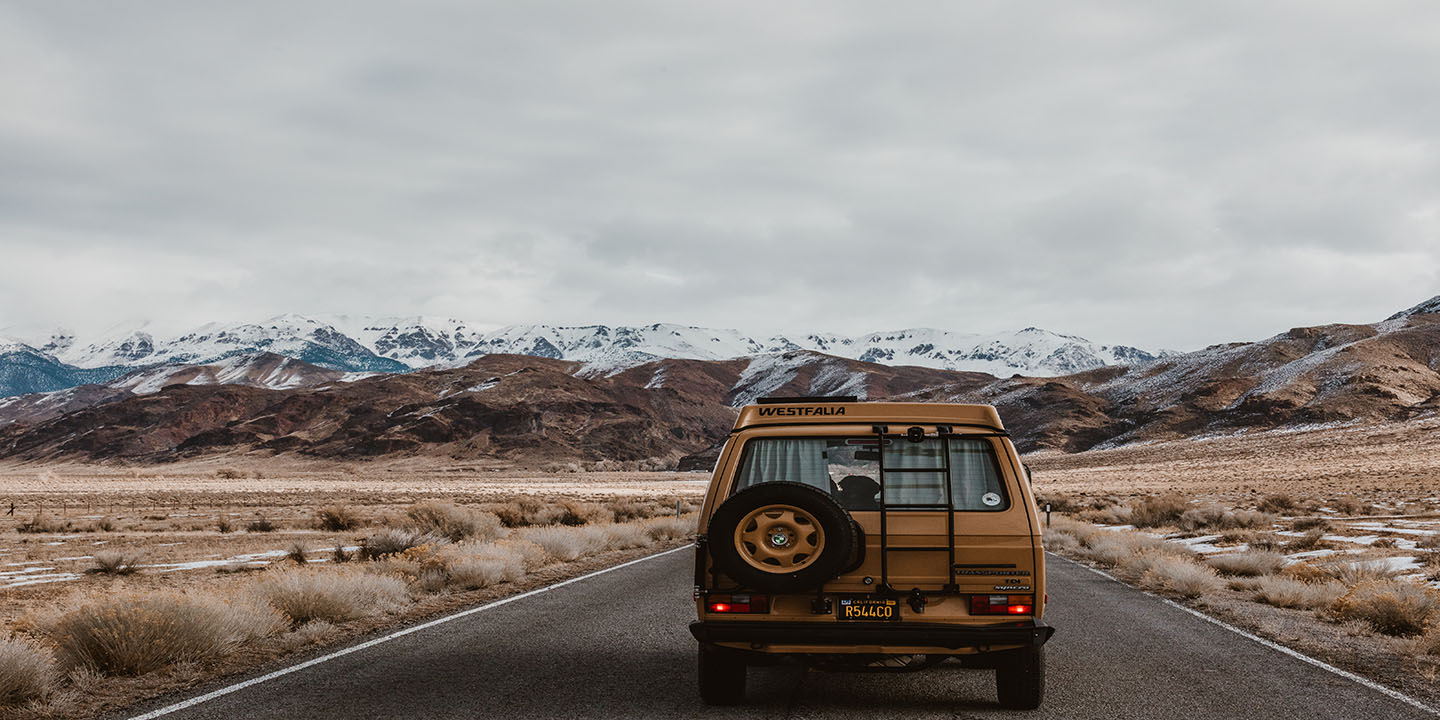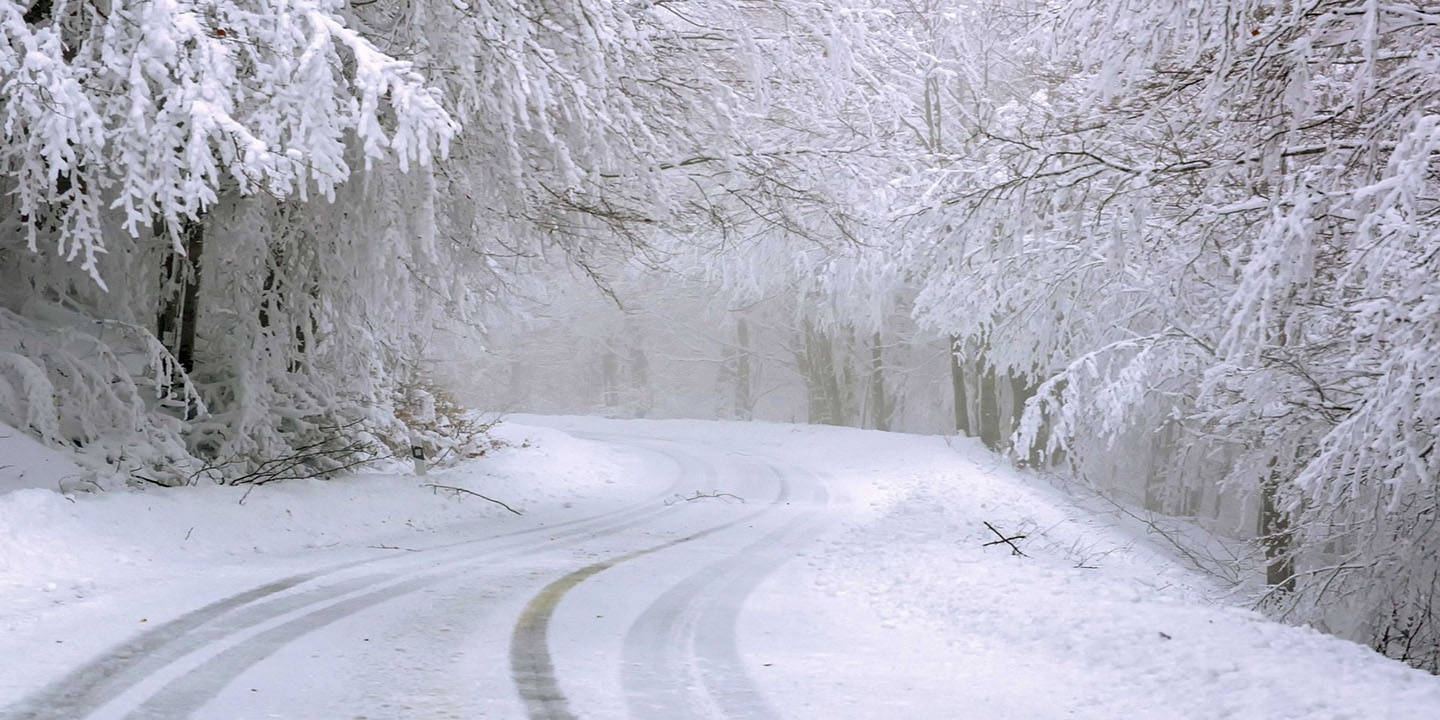Real Road Stuff Here
Driving safely isn’t always about the speed limit or staying in your lane. It’s the small things that can catch you off guard that can change everything. A split-second delay. A road that seems a little off. This list covers those sneaky moments that sneak up when you least expect them. Take some time to go over these and ensure that your next road trip is a lot safer.
1. Unfamiliar Routes
A familiar dashboard doesn’t mean a familiar drive. Missed exits and unpredictable traffic patterns often appear when navigating new areas. Even seasoned drivers get caught off guard. Unfamiliar routes increase crash risk, especially when paired with multitasking or reliance on unreliable GPS cues.
2. Speeding Vehicles
There’s always one racing past in the fast lane, barely blinking. Speeding remains a leading factor in fatal crashes, contributing to over 12,000 fatalities in the U.S. annually. It shortens reaction time and extends braking distance, which turns a minor misjudgment into something irreversible in seconds.
3. Wet Roads
Traction is a silent partner in safe driving until it disappears. Roads become slick within minutes of rainfall, especially when oil and debris rise to the surface. Hydroplaning starts around 35 mph. Even with good tires, wet pavement is a proven factor in nearly 70% of weather-related crashes.
4. Potholes
Potholes hide in plain sight. One hit can knock a car out of alignment or cause tire blowouts. In some regions, they cost drivers hundreds annually in repairs. Many appear after winter or heavy rain when weakened road foundations finally cave beneath repeated traffic.
5. Blind Spots
A vehicle can disappear completely from sight just feet away. Semi-trucks have huge blind zones on all four sides, but even sedans carry this hidden risk. Properly adjusting side mirrors helps, yet over 800,000 lane-change crashes in the U.S. each year link directly to blind spots.
6. Tailgating Trouble
Braking hard is a reaction. When another vehicle rides too close, even safe stops become threats. Tailgating reduces the escape room. The National Safety Council recommends at least a three-second following distance, but many people tailgate without realizing how little time they’ve left to respond.
7. Road Rage
That sharp swerve? It wasn’t an accident. Road rage can look like brake-slamming or chasing. It’s not just aggressive; it’s intentional and life-threatening. Over 300 road fatalities each year are tied to these hostile moves. Stress and traffic mix badly when drivers act instead of cooling off.
8. Drunk Driving
The legal limit doesn’t equal safety. Alcohol affects coordination and decision-making well before reaching 0.08% BAC. Drunk driving leads to an accident every 39 minutes in the U.S., often by repeat offenders, typically in the quieter hours of late night or early morning.
9. GPS/Phone Distractions
The law bans texting while driving in many states, but even hands-free use can be risky. Distractions like maps and notifications reduce reaction times, making driving more dangerous. At highway speeds, just five seconds of looking away means covering the length of a football field without seeing the road.
10. Deer Crossing
Between October and December, deer collisions become more frequent, particularly at dawn and dusk. With over 1.5 million animal crashes annually in the U.S., these accidents are common in rural and forest-adjacent areas. Even a mid-sized deer can lead to fatal damage when hit at speed.
11. Pedestrians
Pedestrians don’t always follow the script. One second, they’re on the sidewalk; the next, they’re stepping out from behind a van. In 2021, U.S. traffic crashes took the lives of over 7,000 pedestrians. The danger grows after dark when visibility drops, and unexpected movement can leave drivers with zero reaction time.
12. Foggy Conditions
Fog distorts depth and muffles movement. Chain-reaction crashes often start in dense patches. Reduced-speed zones and hazard lights help, but even cautious drivers can misjudge gaps when visibility drops below 100 feet, which happens fast in valleys.
13. Black Ice
There’s no warning, just a drift or a spin. Black ice blends into the asphalt, invisible to the eye. It forms fastest on bridges and shaded sections in freezing conditions. Unlike snow, it doesn’t trigger a visual cue. It’s especially dangerous in the early morning or after sudden temperature drops.
14. Poor Road Lines
A quick glance should tell which lane is yours, but what if it doesn’t? Faded or confusing lane markers create chaos at night or during rain. These hazards increase wrong-lane travel and overcorrections, particularly among older drivers or those on unfamiliar roads.
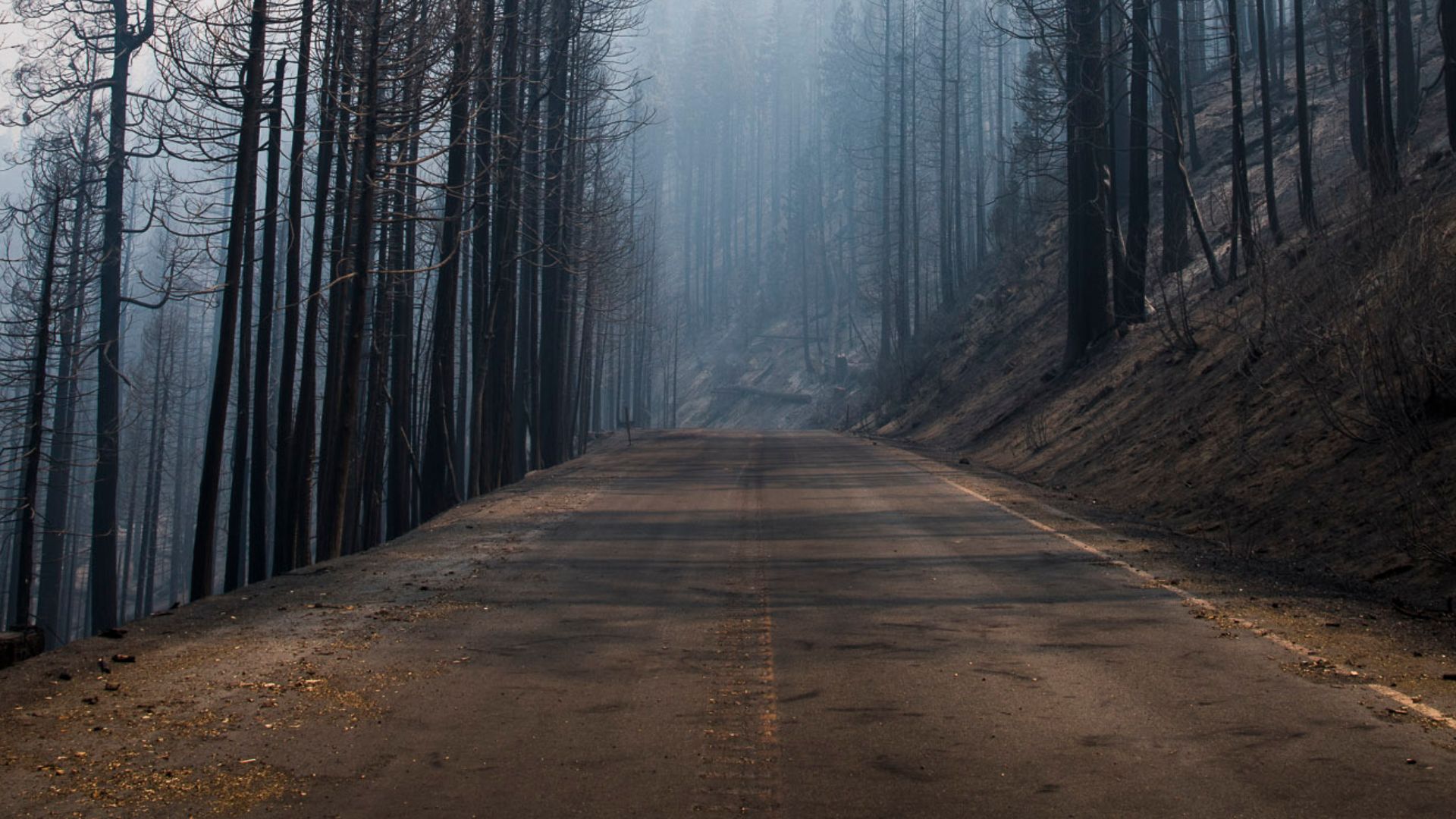 Region 5 Photography on Wikimedia
Region 5 Photography on Wikimedia
15. Hidden Signs
A curve’s ahead, but the sign’s buried in tree branches. Or worse, twisted the wrong way. Hidden or obstructed road signs rob drivers of time to prepare. Rural and suburban roads see this most often. It’s dangerous when stop signs or warnings aren’t visible.
16. Blown Tires
Summer roads heat up, and so do your tires. Blowouts are more frequent in high temperatures or when tires are underinflated. Rear tire failures cause dangerous swaying. The risk drops with routine maintenance, yet sharp objects and weak sidewalls still lurk.
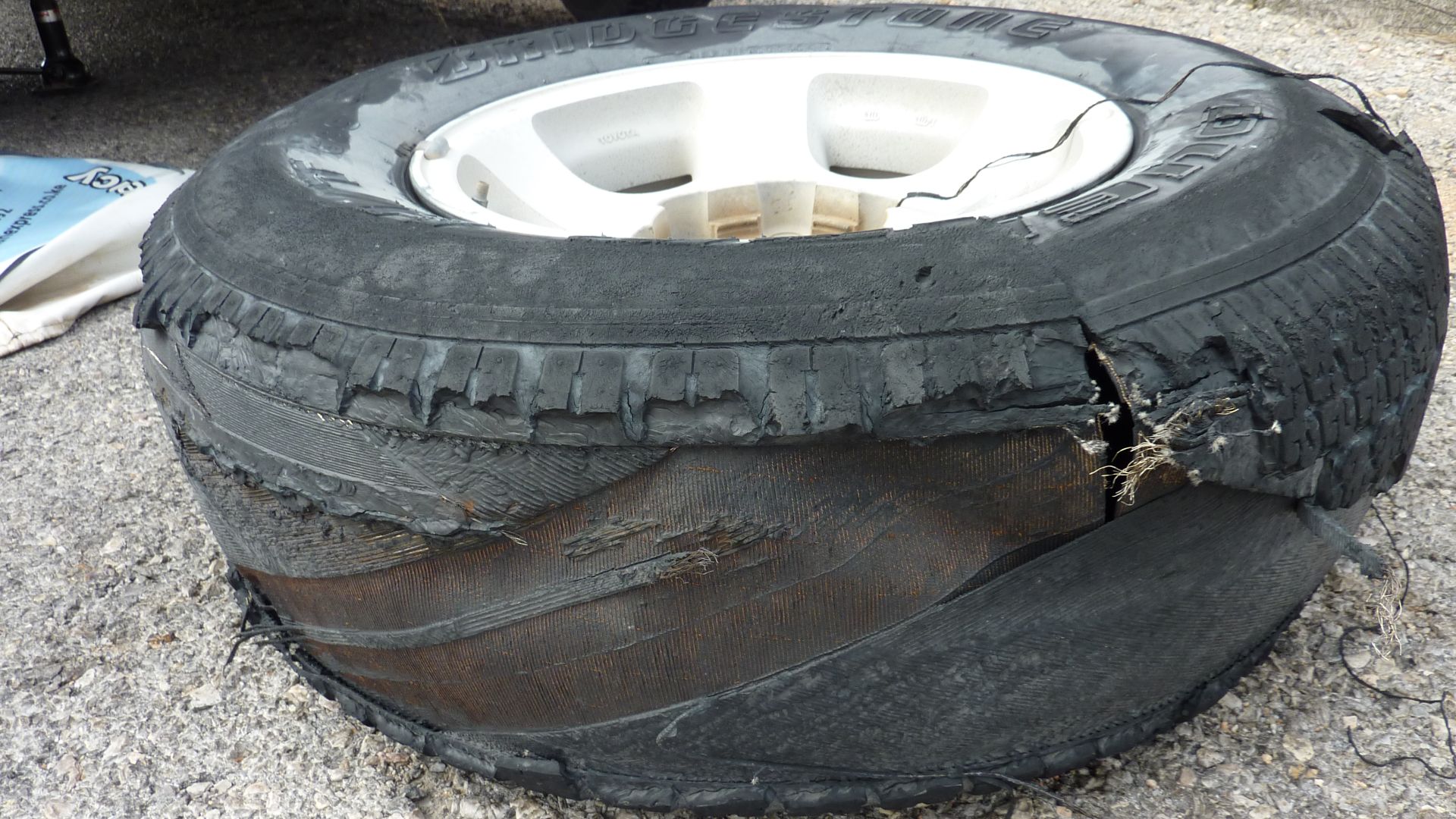 YoTuT from United States on Wikimedia
YoTuT from United States on Wikimedia
17. Brake Failure
Sinking the pedal and feeling nothing is every driver’s nightmare. Though rare, brake failure can result from fluid leaks or overheating on downhill stretches. The DOT recommends downshifting early on grades. Recognizing early signs can make the difference between stopping and crashing.
18. Flooded Roads
Just six inches of moving water can disable most cars, and deeper floods can wash them away. Flooded roads also hide hazards like sinkholes and downed power lines. Over half of flood-related drownings in the U.S. involve vehicles, with flash floods striking unexpectedly.
19. Construction Zones
Construction zones with narrowing lanes and sudden detours create a risky environment. Accidents often spike when drivers rush or fail to adjust in time, with workers just feet away. Signage is sometimes hastily placed, adding to the challenge of navigating these areas safely.
20. Fatigued Driving
Fatigue creeps in slowly, reducing reaction times and clouding judgment. Eventually, the brain experiences dangerous lapses, known as microsleeps. The NHTSA reports that drowsy driving causes over 91,000 crashes each year, typically linked to overnight shifts or not enough rest breaks.
 Science of sleep - Fatigue effects on driving 60sec by Road Safety Commission
Science of sleep - Fatigue effects on driving 60sec by Road Safety Commission


